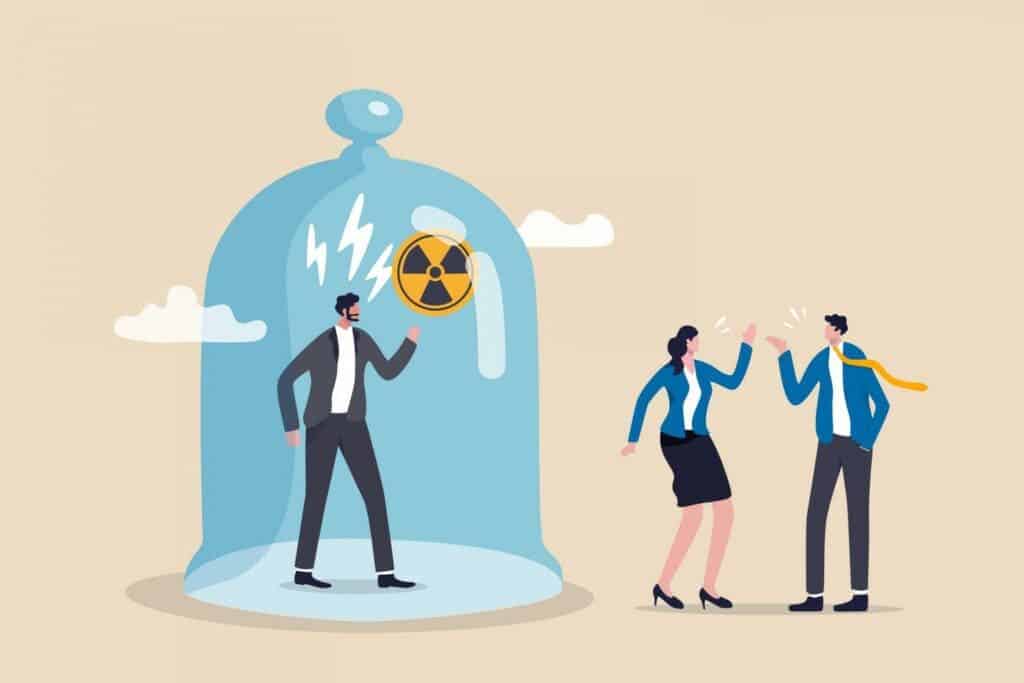It’s no secret that working in a toxic environment can affect our mental health. Having an impossible boss, working long hours, and not taking a proper vacation, among many other things, not only affects our performance but can also make us depressed. To what extent? That’s what a group of Australian researchers set to find out.

Depression is one of the most common mental illness worldwide. An estimated 300 million people are affected by major depression, which has become a pervasive global burden across cultures. It’s a recurrent problem and it can lead to functional impairment, elevated morbidity, and destructive social consequences.
The International Labour Organization (ILO) estimates that 22% of the global working population, or 614 million workers, are working long hours — more than 48 hours per week. This has become an especially severe problem amid the COVID-19 pandemic, with a growing number of people working extra hours as they don’t go to the office.
“Evidence shows that companies who fail to reward or acknowledge their employees for hard work, impose unreasonable demands on workers, and do not give them autonomy, are placing their staff at a much greater risk of depression,” Amy Zadow, lead author and member of the Psychosocial Safety Climate Observatory, said in a statement.
Zadow and a team of researchers from the University of South Australia carried out a year-long study among full-time workers in Australia. Their premise was simple: follow a group of workers to see who among them is diagnosed with serious depression and then check to see what factors from the workplace can be correlated with that.
After they crunched the numbers, the results were clear. The workers employed by organizations that don’t prioritize their employees’ mental health have a threefold increased risk of being diagnosed with depression. And while working long hours was a key factor of depression, poor management practices represented an even greater risk.
Mental health challenges
The researchers randomly selected employees from the Australian population, who were contacted through a computer-assisted telephone interviewing system. They were also sent a letter providing details of the study. Data were collected only from workers over the age of 18 from South Wales, South Australia, and Western Australia.
The sample size was 1,000 people, only including full-time workers. The researchers defined toxicity by how well companies communicate to their employees about mental health issues and how to treat them, as well as how actively companies encouraged workers to be nice to each other and look out for each other’s mental health.
They used a standard scale that asked workers to agree or disagree with a set of statements, including “senior management considers employee psychological health to be as important as productivity” and “senior management acts decisively when a concern of an employee’s psychological status is raised”. This helped to get an idea on mental health issues around the workplace.
The findings showed that a toxic work environment was associated with a 300% increase in major depressive symptoms. This means that in jobs where there’s a lack of consideration, knowledge, and community empathy around mental health issues, the employees are not just getting sadder — but they’re three times more likely to develop significant depressive symptoms.
“Overly engaged workers might tend to become workaholics ignoring early signals of depressed mood, continue working and develop major depressive disorders,” the researchers wrote in the study. “These findings suggest that policymakers and clinicians should focus the efforts on improving the climate for psychological health.”
While the study is relatively small, it still makes an important point. Even before the pandemic, the world had a problem with toxic workplaces, but after it, with all the uncertainty around offices and working in general, things are unlikely to get better. Unfortunately, mental health is still not often considered a priority for many employers.
The study was published in the British Medical Journal.



